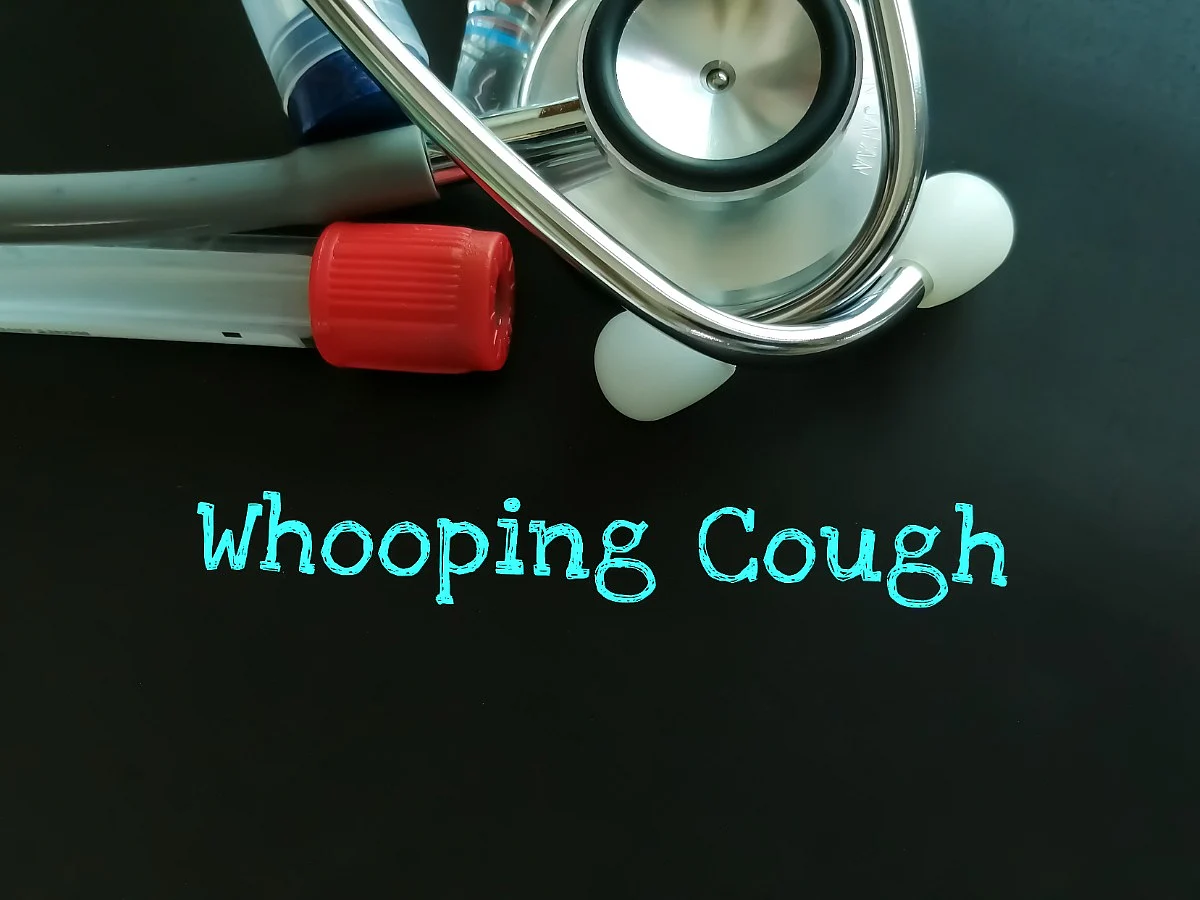Whooping Cough: Causes, Symptoms, Diagnosis & Treatment
Know the exact causes, symptoms, diagnosis, and treatment of Whooping cough,

advertisement
Whooping cough which is also known as pertussis, is a bacterial infection affecting mainly the respiratory tract, especially the nose and throat. It leads to long stretches of severe coughs that sometimes end with a whooping sound.
It is easily communicable, but vaccines such as DTaP (diphtheria, tetanus, and pertussis) for infants and children and Tdap (tetanus, diphtheria, and pertussis) for older children and adults help prevent it.
Anyone can get whooping cough, but it generally happens more often in infants, children, and older children. Infants younger than 2 months of age, are too young to receive the vaccine, are especially at risk. Whooping cough is milder in adults and occur mainly in those whose immunity has worn off.
Whooping Cough: Causes
A type of bacteria called Bordetella pertussis causes whooping cough. If a person with whooping cough sneezes, laughs, or coughs, small droplets that contain this bacteria fly through the air and the person inhaling the same might get sick if he or she breathe in the droplets.
When the bacteria gets into the airways, they attach to the tiny hairs in the linings of the lungs. The bacteria cause swelling and inflammation, which lead to a dry, long-lasting cough and other cold-like symptoms.
Whooping Cough: Symptoms
Once you become infected with whooping cough, it takes about seven to ten days for signs and symptoms to appear, and sometimes even takes longer. They're usually mild at first and resemble those of a common cold. According to NHS, the symptoms include:
Runny nose
Red, watery eyes
Fever
Cough
After a week or two, signs and symptoms worsen. Thick mucus accumulates inside the airways, which cause uncontrollable coughing. Severe and prolonged coughing attacks may lead to
Vomiting
Result in a red or blue face
Cause extreme fatigue
End with a high-pitched "whoop" sound during the next breath of air
Many people don't develop the characteristic whoop. Sometimes, a persistent hacking cough is the only sign that an adolescent or adult has whooping cough. And in case of infants they may not cough at all. Instead, they may struggle to breathe, or they may even temporarily stop breathing.
Whooping Cough: Diagnosis
Since symptoms of whooping cough are a lot like those caused by a cold, the flu, or bronchitis, it sometimes is hard to diagnose it early on.
A simple swab of the area where the nose and throat meet can be tested for the bacteria that causes whooping cough.
A high white blood cell count is a sign that body is fighting off an infection, but it does not necessarily mean it is whooping cough.
An x-ray can help show if one has inflammation or fluid in their lungs, which proves to be a sign of pneumonia.
Whooping Cough: Treatment
If found out that you have whooping cough early on, antibiotics can help cut down coughing and other symptoms. They also help prevent the infection from spreading to others. But most people are diagnosed too late for antibiotics to work well.
It is recommended not to use over-the-counter cough medicines, cough suppressants, or expectorants to treat whooping cough as they hardly work.
Eat small meals as often as you feel up to it since eating smaller, more frequent meals help prevent the vomiting that result from harsh coughing spells.
Keeping the air around you free of dust, smoke, and other irritants can also help to soothe your coughing.
Stay hydrated by drinking lots of water or juice. If you notice signs of dehydration, such as dry lips or peeing less often, contact doctor right away.